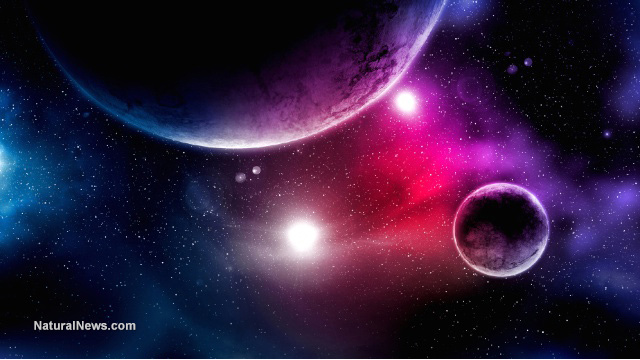Did you know that conventional methods of searching for so-called Earth-like planets can only ever be used inside the Milky Way galaxy? That is, the typical ways of looking for planets outside of the solar system can’t be used to check beyond the Milky Way itself. However, there is one known method that works, although it’s a bit more complicated. Now a team of researchers from the University of Oklahoma (OU) says that they have managed to successfully spot an entire population of planets beyond the Milky Way and that it shows great promise.
This is according to a news announcement about a new study, which was published recently in the Astrophysical Journal Letters, and reported online through the OU’s official website. The researchers stated that they were able to find objects located in extra-galactic galaxies – meaning, galaxies that are outside of our own galaxy – and that the masses of these objects range from the mass of the Moon to the mass of Jupiter.
According to Xinyu Dai, a professor in the Homer L. Dodge Department of Physics and Astronomy at OU, their findings mark the first time that anyone has ever detected or observed any objects with enough mass to be considered planets that were lying outside of the galaxy. “We are very excited about this discovery,” he said. “These small planets are the best candidate for the signature by modeling the data to determine the mass.”
Dai worked together with Eduardo Guerras, a postdoctoral researcher at OU, and made the discovery using data from the Chandra X-ray Observatory – a telescope in space that’s controlled by the Smithsonian Astrophysical Observatory – of the National Aeronautics and Space Administration (NASA).
In order to arrive at their discovery, the researchers used a method called microlensing, which they defined as “an astronomical phenomenon.” Microlensing is said to be the only known method that is capable of detecting planets at truly great distances of thousands of light years or more away from Earth compared with other techniques.
According to Guerras, their discovery shows how effective microlensing truly is as a method of detecting planets – or indeed, any other interstellar objects – that lie beyond the Milky Way galaxy. “This is an example of how powerful the techniques of analysis of extra-galactic microlensing can be. This galaxy is located 3.8 billion light-years away, and there is not the slightest chance of ever observing these planets directly, not even with the best telescope one can imagine in a science fiction scenario,” he explained. “However, we are able to study them, unveil their presence and even have an idea of their masses. This is very cool science.”
Microlensing, as an actual phenomenon, was predicted by Albert Einstein in his famous General Theory of Relativity. According to Einstein, light from a star that passes very close to another star as it makes its way to an observer on Earth will slightly bend due to the gravity of the intermediary. As a result, the two stars will appear to be farther apart than they normally would. The microlensing effect, as it were, was first demonstrated in real life by Sir Arthur Eddington in 1919 as he worked to provide the first empirical evidence for General Relativity.
The findings of the researchers indicate that there could be almost 2,000 planets found in the particular cluster that they were able to focus on. All that’s needed now is to figure out whether or not there could be any alien life out on these planets. With their sheer volume, anything is possible – perhaps humans aren’t the only living beings in the universe after all.
Learn more mind-blowing discoveries about what lies beyond the galaxy at Space.news.
Sources include:
OU.edu
DailyMail.co.uk
Planetary.org




















